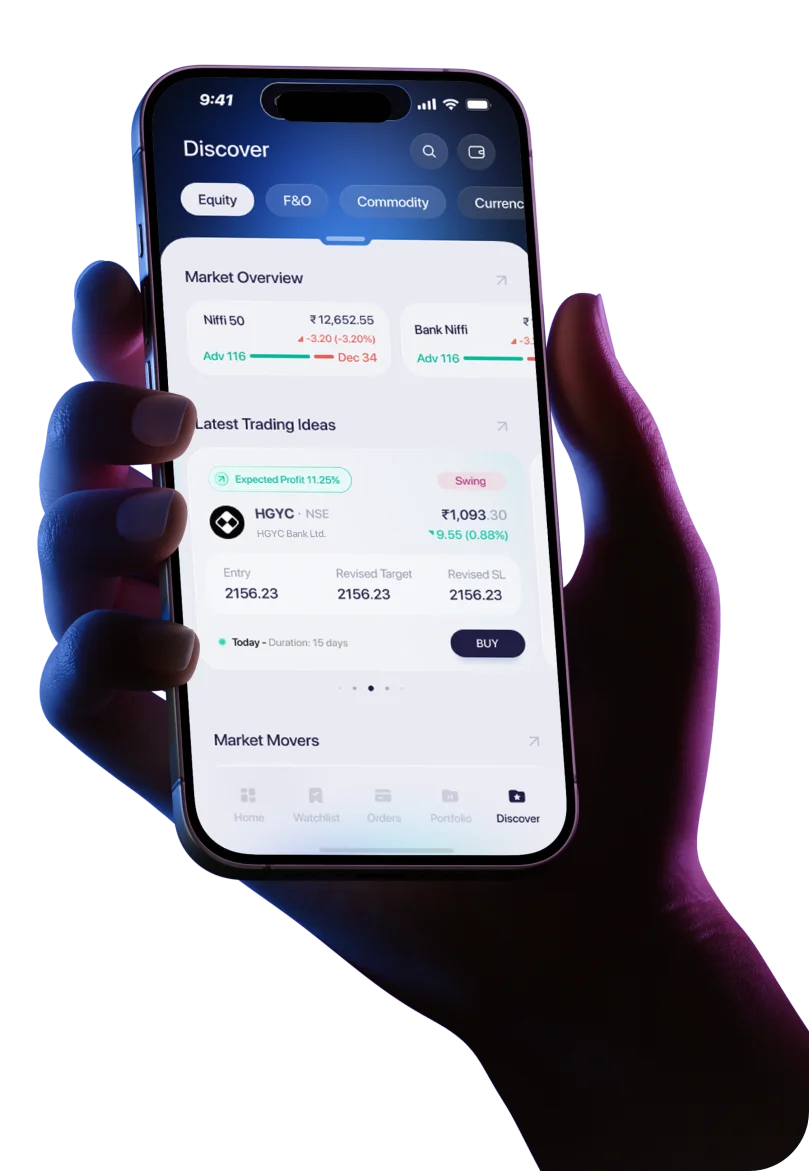But for every success story, there are dozens of cautionary tales.
So how can you, as a retail investor, distinguish the diamonds from the dust? That’s exactly what this blog will help you decode—with clarity, experience, and actionable insights.
What Are Small Cap Stocks?
As per SEBI guidelines, companies are classified into:
- Large Caps: Top 100 companies by market capitalization
- Mid Caps: 101st to 250th
- Small Caps: Companies ranked 251st and beyond
Examples of Small Cap Companies (2025)
Company | Industry | Market Cap |
Tejas Networks | Telecom Equipment | ₹11,500 Cr |
KPI Green Energy Ltd | Renewable Energy | ₹ 11,000 Cr |
PDS Ltd | Apparel | ₹5,500 Cr |
Why Do Investors Prefer Small Cap Stocks?
Because every Infosys was once a small cap. The attraction lies in:
1. Multibagger Potential
Small caps have the headroom to grow 10x or even 100x. If you identify the right business early, your portfolio can explode.
Example: Bajaj Finance, starting as a small-cap with a market cap under ₹500 Cr in the early 2000s, grew into a large-cap with a market cap exceeding ₹5.4 lakh Cr by 2025, delivering over 1000x returns.
2. Early Access to Growing Businesses
Investing in small caps is like getting a front-row seat to India’s next unicorn story—before everyone else discovers it.
3. Valuation Gaps
Small caps are often undervalued due to lack of analyst coverage—that’s your edge.
But There Are Risks…
Small cap stocks come with serious risks that you cannot afford to ignore:
High Volatility
They can fall 20–30% in a matter of days, even on minor news.
Liquidity Issues
You may not always find buyers/sellers—especially during market downturns.
Lack of Transparency
Small companies often lack detailed investor communications or clean corporate structures.
Weak Governance
Promoter misuse of funds, low-quality audits, or lack of independent directors can be red flags.
How to Evaluate the Best Small Cap Stocks?
The key is to combine fundamentals, valuation, sentiment, and governance into one holistic view.
1. Fundamentals – Focus on the Core Numbers
Metric | Ideal Value | Why It Matters |
ROE (Return on Equity) | >15% | Efficient use of capital |
ROCE (Return on Capital Employed) | >15% | Operational efficiency |
Debt-to-Equity | <0.5 | Financial stability |
Promoter Holding | >50% & stable | Confidence of management |
2. Growth Metrics
- Revenue CAGR (5 years) > 15%
- Profit CAGR (5 years) > 20%
Look for consistent growth, not one-time spikes.
3. Valuation Ratios
- PE Ratio: Compare with sector peers
- PB Ratio: Good for asset-heavy businesses
Don’t chase “cheap” stocks—look for fair value in quality businesses.
4. Market Sentiment & Technicals
- Look for price-volume breakouts
- Check if stock is near 52-week highs with rising delivery %
- Use tools like SuperTrend, RSI, or Moving Averages for confirmation
5. Corporate Governance
- Read Annual Reports
- Check for Resignation of auditors, frequent board changes
- Use platforms like Samco's Stock Rating Tool to evaluate quality
Samco's Small Cap Evaluation Checklist
Criteria | Checkpoint |
ROE & ROCE > 15% | ✅ |
Debt-to-Equity < 0.5 | ✅ |
Revenue/Profit CAGR > 15% | ✅ |
High Promoter Holding (>50%) | ✅ |
Clean Auditor History | ✅ |
Sector Tailwinds Present | ✅ |
Undervalued vs Peers | ✅ |
Technical Breakout Signal | ✅ |
Common Mistakes to Avoid
Investing in small caps is like planting a tree—you must choose the right seed, soil, and time, not just water it blindly.
Don’t Chase Hot Tips
What’s already up 100% might crash 50% next month.
Ignoring Red Flags
Negative cash flows, declining margins, or promoter pledging—treat these as exit signals.
Lack of Diversification
No matter how good one small cap looks, never put more than 5–10% of your portfolio in one stock.
Small Cap vs Mid Cap vs Large Cap – A Quick Snapshot
Parameter | Small Cap | Mid Cap | Large Cap |
|---|---|---|---|
Risk | High | Medium | Low |
Return Potential | Very High | Moderate | Stable |
Liquidity | Low | Medium | High |
Examples | Tejas Networks, KPI Green | Apollo Tyres, Blue Star Ltd | Reliance, HDFC Bank |
Final Thoughts: Small Caps, Big Potential—If You’re Prepared.
Small cap investing isn’t for the faint-hearted—but it’s also where extraordinary wealth creation happens. The key lies in methodical evaluation, patience, and risk control.
Use this article and Samco’s checklist as your compass.
Want to start your journey? Open a Demat Account with Samco and begin identifying tomorrow’s large caps today.



 Easy & quick
Easy & quick
Leave A Comment?